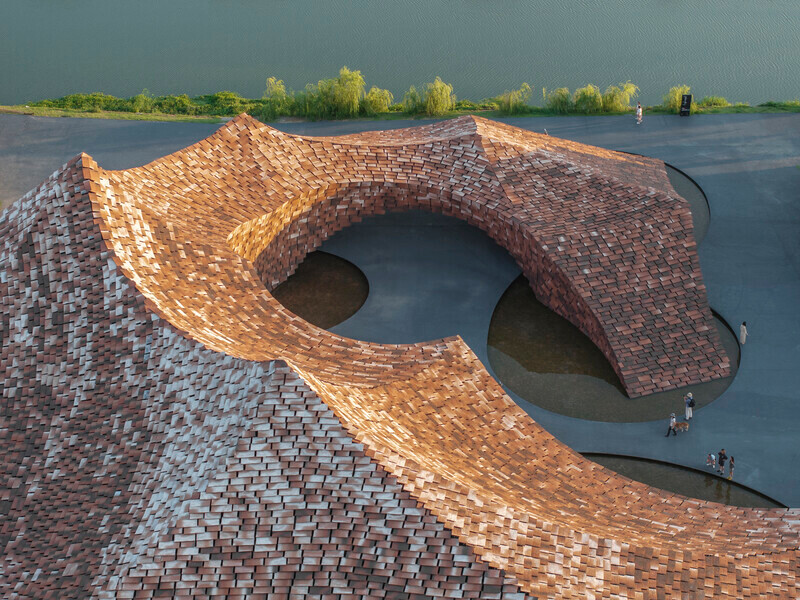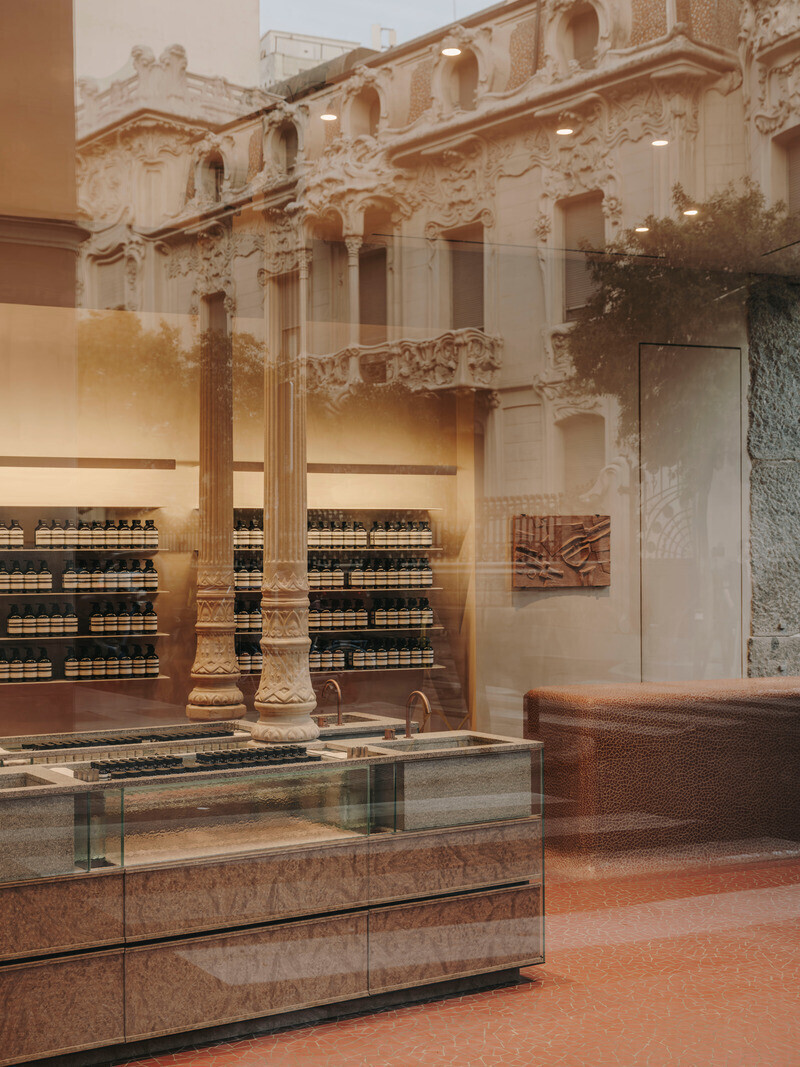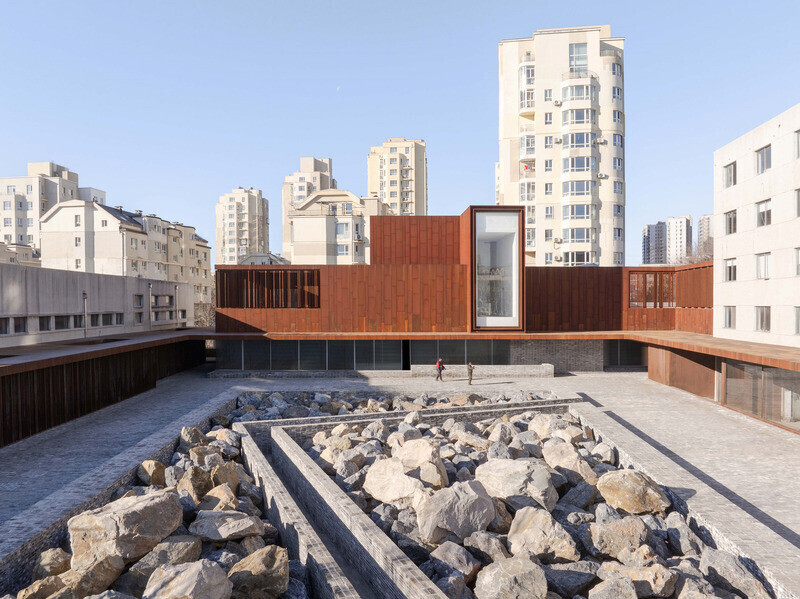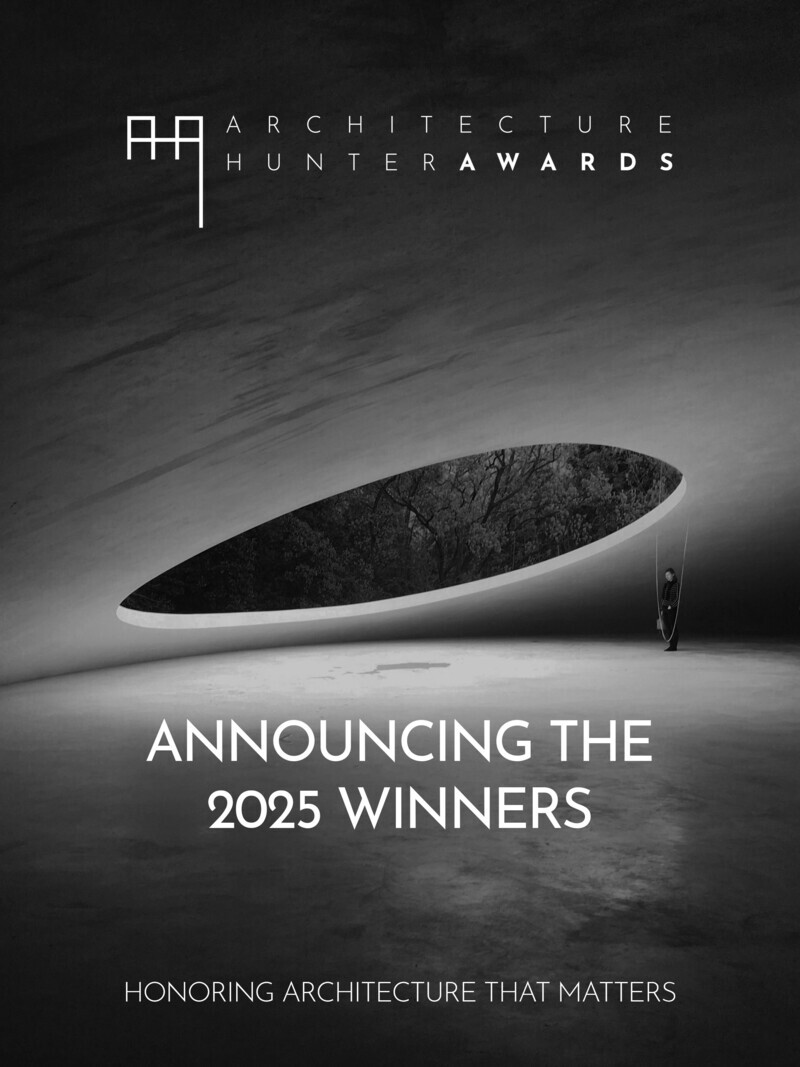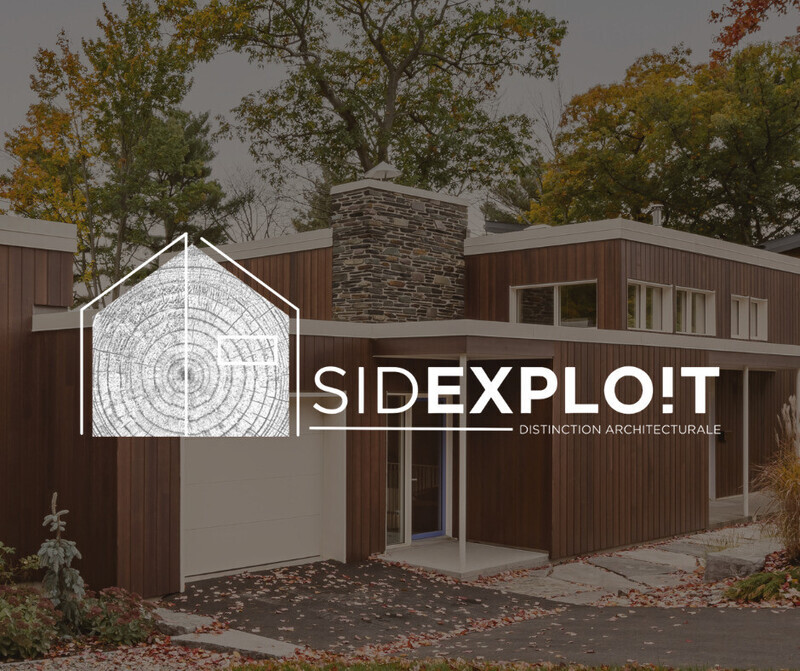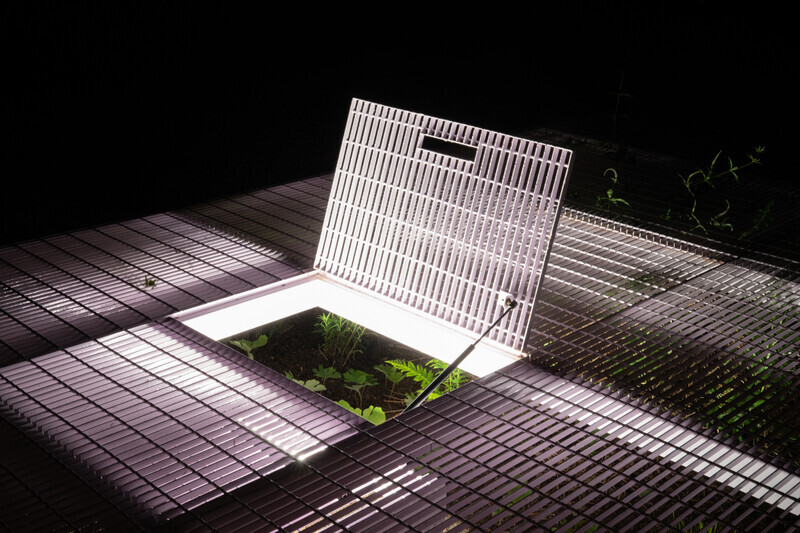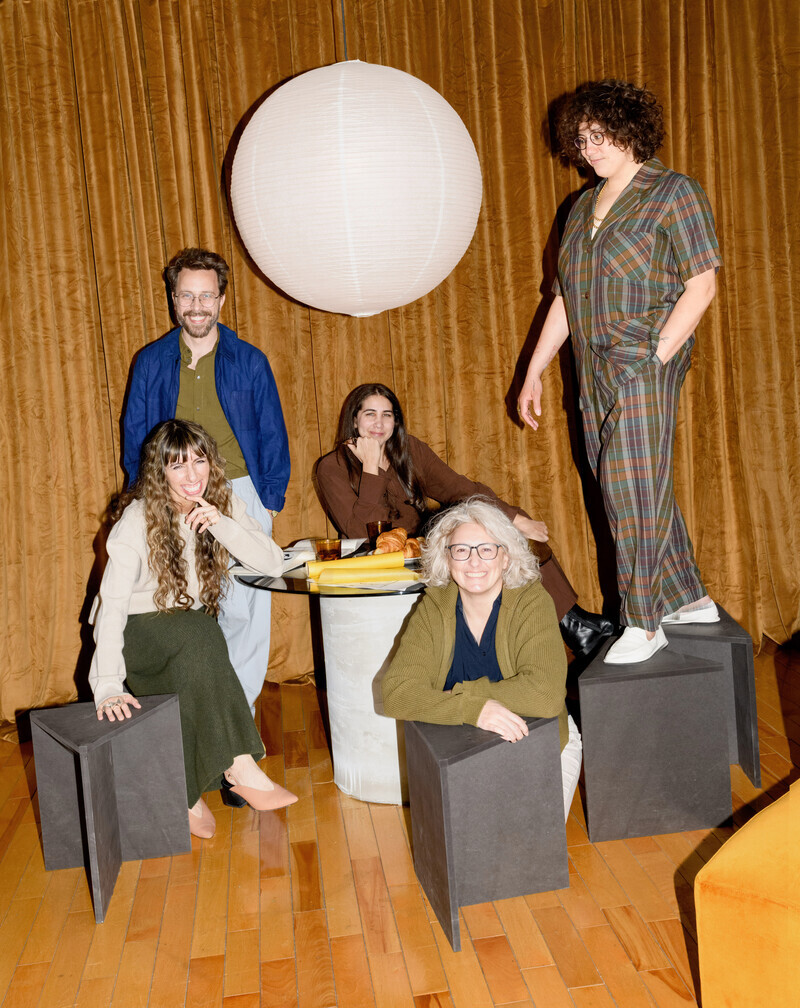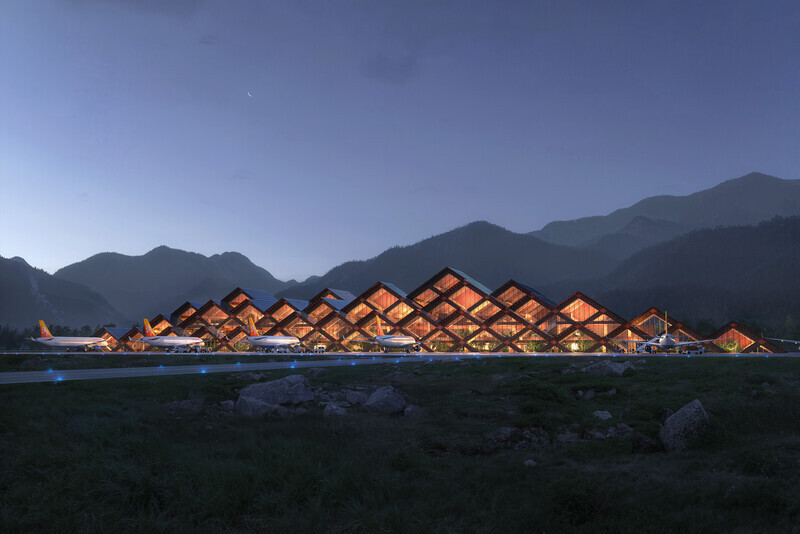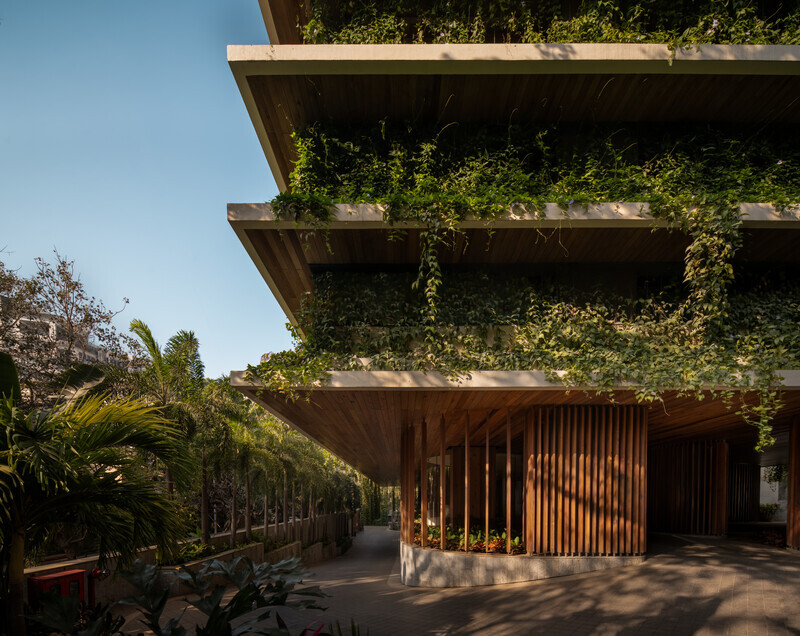
Press Kit | no. 845-01
Golden Cubes Awards 2011
UIA Architecture & Enfants
The UIA Architecture and Children Work Programme announces the results of the 1st UIA Architecture & Children Golden Cubes Awards.
Following a national selection process, 19 countries submitted their nominations in the four categories - Schools, Institutions, Written and Audio-Visual Media – to an International Jury. The International Jury met on 13 – 14 April 2011 to evaluate the nominated entries and select one in each category for an Award. Because of the high quality of many of the submissions they also selected four additional entries for Special Mention.
Award Category: SCHOOL
Award Winner: ‘Network for Architecture’. L.A.G. (Germany)
Special Mention: ‘Trnovo Model of Basic Education + Learning’. Kindergarten Trnovo. (Slovenia)
Award Category: INSTITUTION
Award Winner: ‘50 Activités pour Découvrir l'Architecture et l'Urbanisme’. Fédération des CAUE (France)
Special Mention: ‘Casa Sentires’. Fundacion Sentires – Triptopolis. (Colombia)
Award Category: WRITTEN MEDIA
Award Winner: ‘WohnRaum’. Gerhard Weber and Pet Zimmerman. (Switzerland)
Special Mention: ‘La Ville Mode d’Emploi’. Carole Saturno and Perrine Belin. (France)
Award Category: AUDIO-VISUAL MEDIA
Award Winner: ‘Architecture Series 1 – Workplaces’. Georges Nivoix + CRDP de Franche-Comté (France)
Special Mention: ‘NEXT Eco Web.’ Next.cc (USA)
The four Awards will be formally presented September 27th 2011 at the Official UIA Award Ceremony in Tokyo during the 24th UIA Congress of Architecture www.uia2011tokyo.com
The members of the International Jury were: Patrick Werquin, Senior Analyst - Education, UNESCO (Chairman of the Jury); Eva-Maria Kabisch, Educational Media Specialist; Pablo Katz, Architect; Ann McNicholl, Architect, Ewa Struzynska, Co-director UIA Architecture & Children Work Programme and Hannes Hubrich, Co-director UIA Architecture & Children Work Programme.
The Jury was encouraged and impressed by the range of projects presented and the work done by individuals and by organisations of all sizes. Many works with limited resources to develop young people’s awareness of architecture so that, as adult citizens, they will be able to make their voices heard and influence the political, economic and social strategies which will shape their cities and their environment.
As Louise Cox, President of the UIA, says: “The creation of a humane and sustainable environment is a challenge that involves us all – architects, planners, politicians and communities. I am convinced that if everybody had more understanding of the processes by which our environment is shaped, our towns and our countryside would be better and happier places to live.”
For more information
Media contact
-
- Ewa Struzynska
- struzyns@club-internet.fr
- 33 1 42782751
Attachments
Terms and conditions
For immediate release
All photos must be published with proper credit. Please reference v2com as the source whenever possible. We always appreciate receiving PDF copies of your articles.
